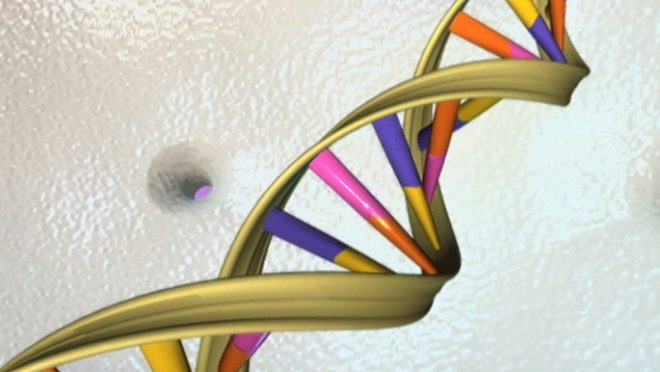Japanese scientists delete extra chromosome behind Down syndrome using CRISPR
Japanese scientists delete extra chromosome behind Down syndrome using CRISPR

Japanese scientists have made a significant breakthrough in the fight against Down syndrome by using CRISPR gene-editing technology to target the condition at its genetic root.
Led by Ryotaro Hashizume at Mie University, the research team demonstrated that CRISPR can be used to remove the extra copy of chromosome 21 – the fundamental cause of Down syndrome.
This surplus chromosome disrupts normal development, and until now, treatments have focused only on managing symptoms, not the underlying genetic duplication.
The team’s findings show that eliminating the additional chromosome in affected cells can restore more typical cellular behavior, marking a major step forward in potentially correcting the condition at its source, says Earth.com.
Why an extra chromosome matters
Down syndrome affects about 1 in 700 newborns in the United States. That added chromosome, known as trisomy 21, disrupts a range of important processes in the body, often resulting in learning difficulties, distinctive physical traits, and certain health concerns.
This additional genetic copy raises gene activity above normal levels. It pushes cells to overwork, because they carry extra material that shifts how genes are used and how proteins are made.


